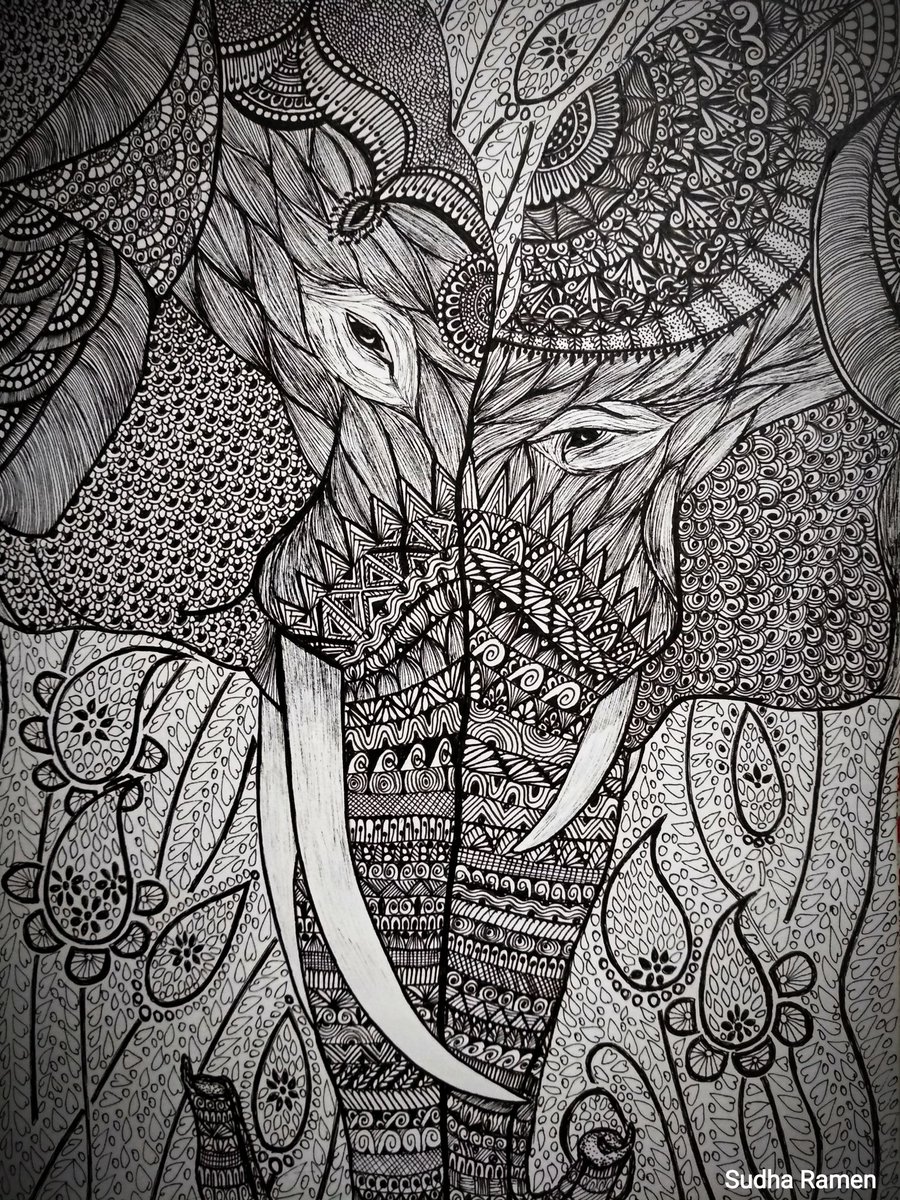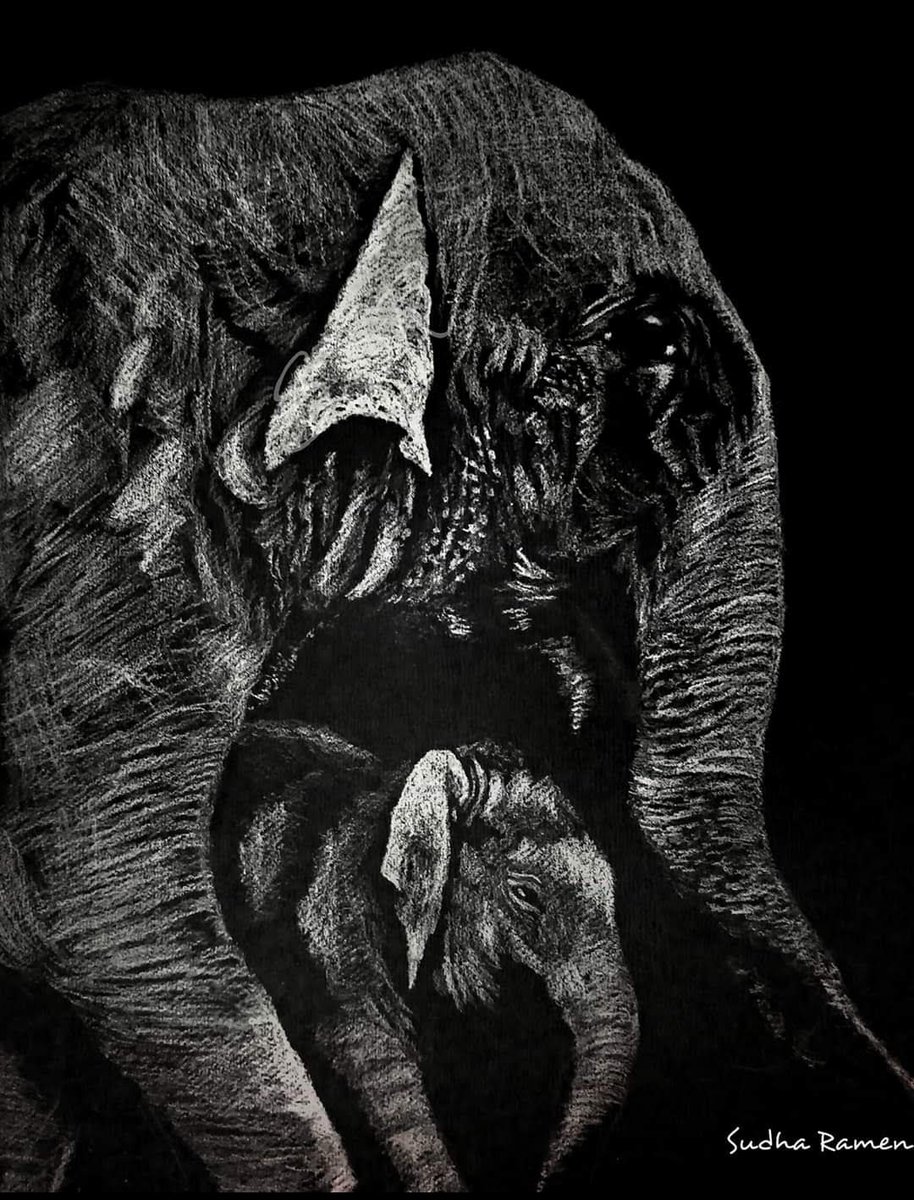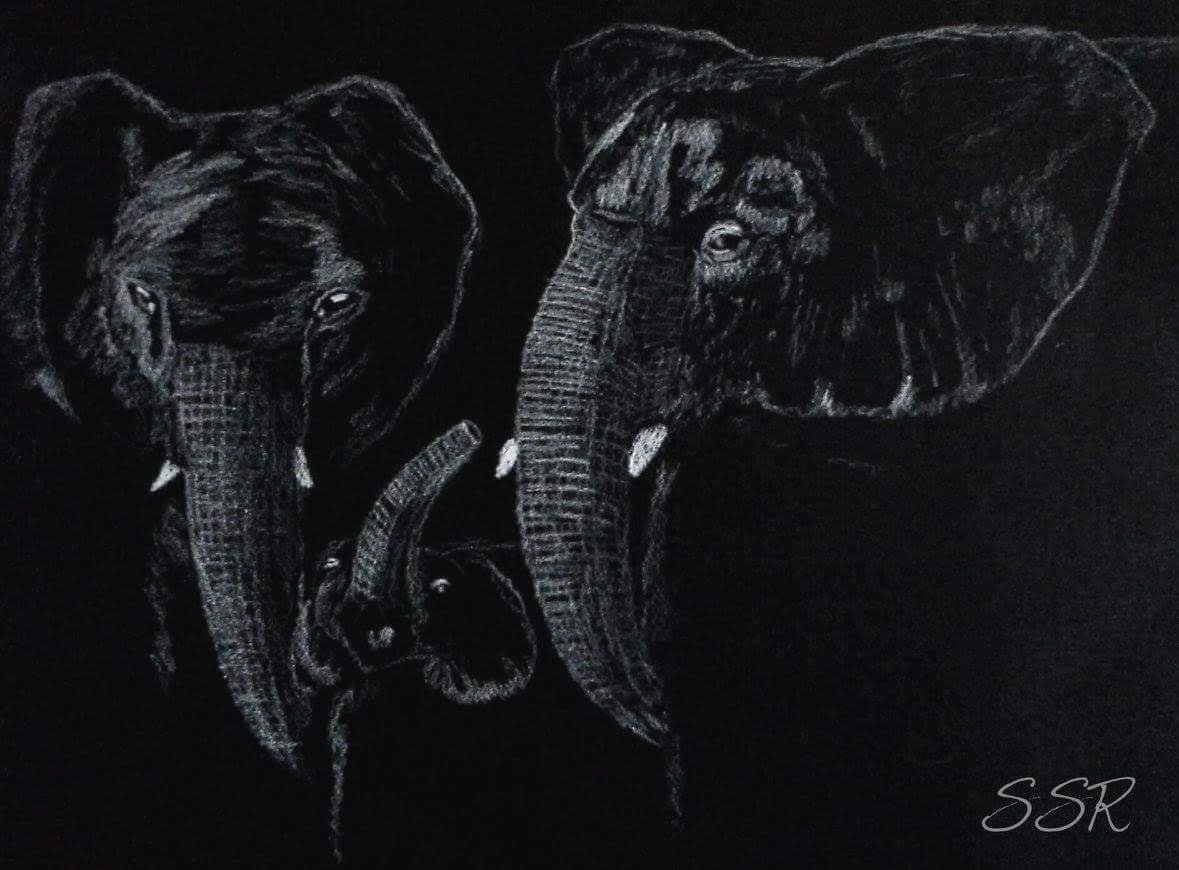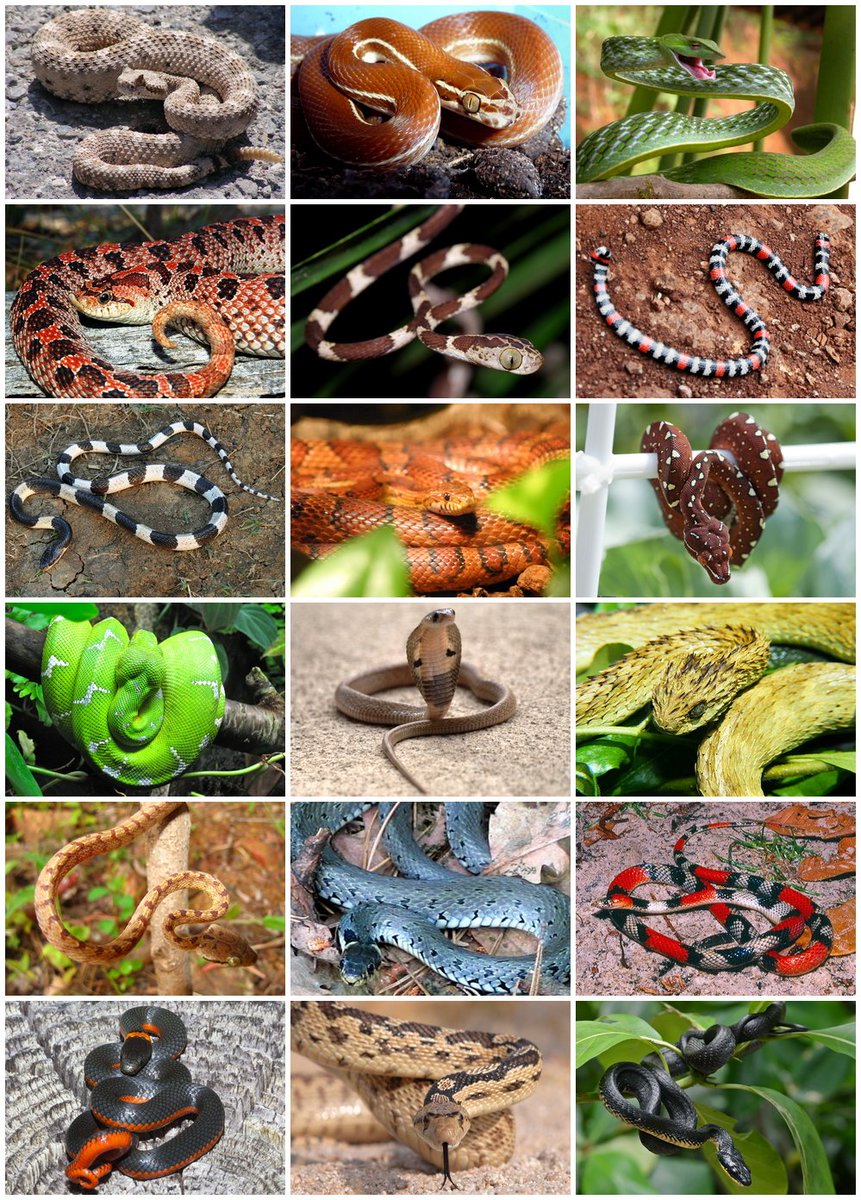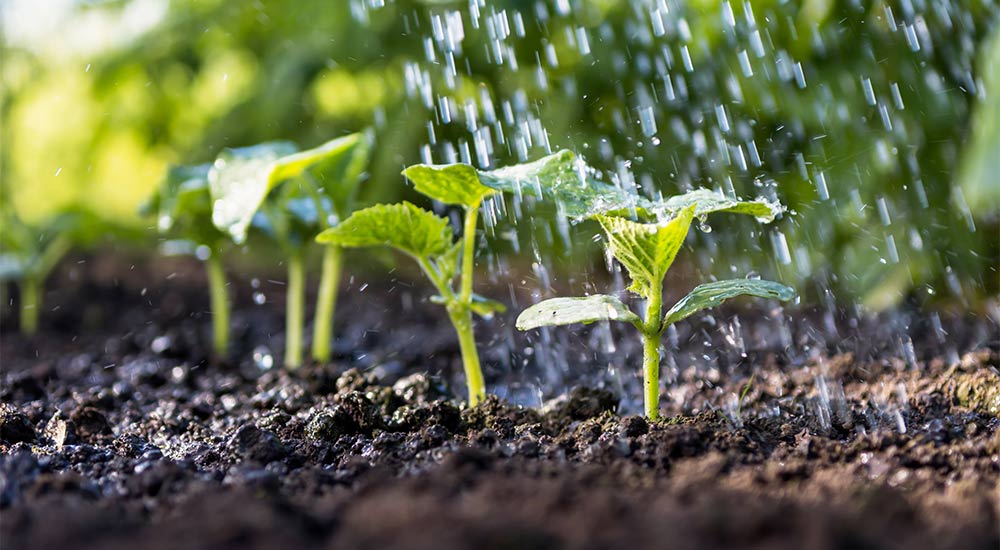
Tamilnadu Government declares India's first #Dugong Conservation Reserve at Gulf of Mannar & Palk Bay. Conserving dugongs means conserving it's habitat. Seagrass meadows is an important habitat in focus here.
This thread is all about Seagrasses
Video @BERTIEGREGORY
This thread is all about Seagrasses
Video @BERTIEGREGORY
Seagrasses are marine flowering plants, found on all continents except Antarctica. They have roots, stems, leaves, flowers &fruits, similar to land flowering plants (angiosperms) 2/n 
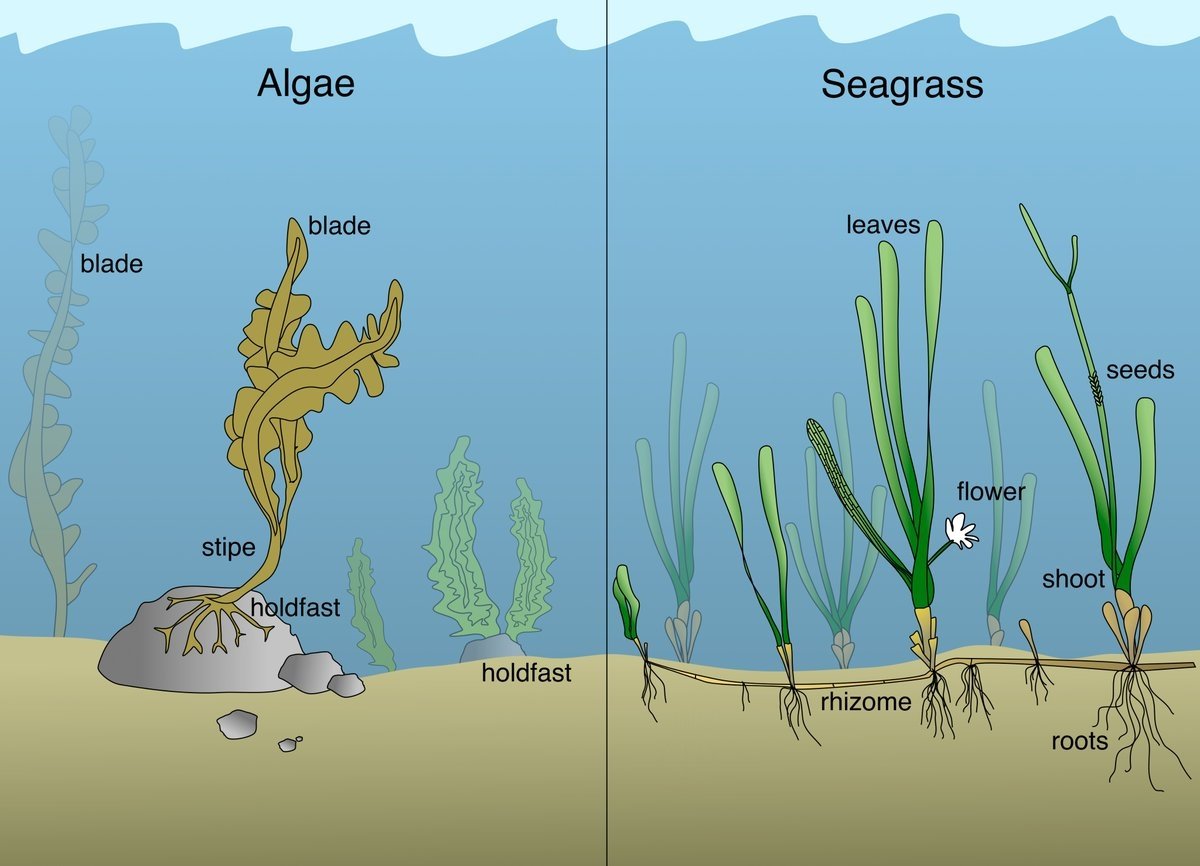
Seagrasses are found along the coast, in clear, shallow waters that allow light for photosynthesis, to penetrate. Some species occupy the intertidal zone, the area between the highest tide line and lowest tide line,from which the sea retreats at low tide to expose the seabed 3/n 

Dense seagrass growth traps flowing sediment and nutrients. Seagrasses form the basis of one of the most productive ecosystems of the world, providing food and shelter to a diverse community of animals. 4/n 

The leafy canopies support a range of tiny plants that grow as epiphytes (like moss on trees) and small marine invertebrates, which in turn attract sea anemones and fish, and megaherbivores like green sea turtles and dugongs. 5/n
Sediments can choke the leaves and dredging can completely fragment seagrass meadows. Boat anchors and large marine debris can kill sections of seagrass meadows.
Overfishing also causes a chain reaction, disturbing the seagrass food web in multiple ways. 7/n
Overfishing also causes a chain reaction, disturbing the seagrass food web in multiple ways. 7/n
Without fish, the sea urchin population explodes, and they can overgraze the meadows. When large carnivorous fish like sharks are removed, intermediate predators that eat invertebrates become more abundant, wiping out helpful pollinators and other small creatures. 8/n 

An increase in herbivorous fish also kills off the seagrasses. In India, the sea grass beds are endemic to the specific zones shown in the image below. Incidentally, dugongs are mostly sighted in these zones only. 9/n 

Seagrass is an important component to estimate Carbon Storage. 2/3rd of seagrass biomass is buried as rhizomes and roots that sequesters carbon for centuries, thereby slowing global warming. When it is destroyed, oxygen reaches the buried material oxydizing the carbon to CO2 10/n 

Seagrasses stores twice d amt of organic carbon per hectare as terrestrial soils. Though seagrass biomass is small compared with forests, d amt of carbon they store in soils is as high as that stored by terrestrial systems &mangroves.
Source:Species Recovery Dugong
Images-Google
Source:Species Recovery Dugong
Images-Google

Dugongs presence indicates the spread of seagrass. They feed by excavating and cropping the seagrass that leaves a beautiful grazing trail. It is said that the dugong pop in an area is an indicator of general ecosystem health. Video by Seagrass Watch #greatbarrierreef
Seagrasses are found abundant in Palk Strait &Gulf of Mannar in Tamil Nadu. Out of the 21 islands in the Gulf of Mannar, it is found in Kurusadi, Pumarichan, Pullivasal and Thalaiyari. Restoration works by TNFD at Gulf of Mannar has shown good results.
(Credits in clip)
(Credits in clip)
Read this to know more about Seagrass downtoearth.org.in/blog/wildlife-…
This recent article talks more about the efforts taken by Tamilnadu Government in conserving Dugong and it's habitat. Dugong is also an important migratory species @BonnConvention
scroll.in/article/101488…
scroll.in/article/101488…
• • •
Missing some Tweet in this thread? You can try to
force a refresh






